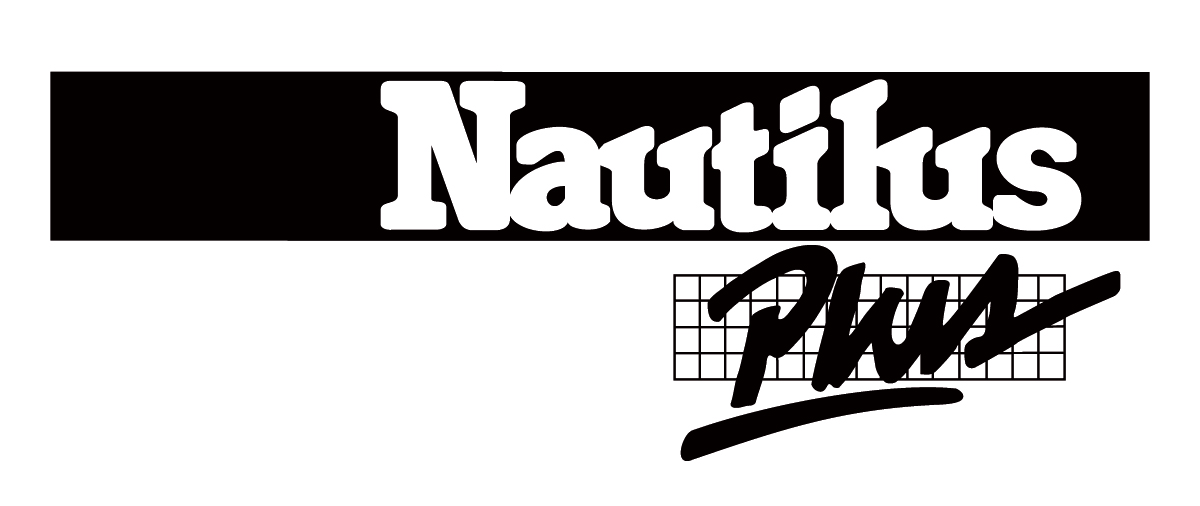
Whether you’re an avid runner or just a beginner, the right running shoe will provide both comfort and support and will prevent running injuries. There are a ton of styles to choose from these days and making the right choice is not that simple. One thing’s for sure, the « look » and the price tag should not be factors. Here is a brief summary of my findings when I surfed the web.
Choosing the right shoe for the chosen sport
First, you need to choose the right type of shoe for the kind of workout you’ll be doing. And yes, it does matter. A shoe made for running is very different from a shoe made for aerobic workouts. Even the surface you exercise on will determine the proper footwear.
For example, a shoe that is designed for hard surfaces, such as running on sidewalks or streets, is more flexible and much lighter in weight, will be better for stability and will protect the ball of your foot.
The shape of the foot
All the experts will agree that your choice of footwear should also depend on the shape of your foot and the way you run and not the shape of the logo on the shoe itself. Your foot shape is closely related to its movement as you walk or run. The typical scenario: With every stride, your heel strikes the ground first. It rolls slightly inward and the arch flattens to cushion the impact. Your foot then rolls slightly to the outside and stiffens to create a springboard to propel your next step. We each experience different levels of these sideways motions as we stride. The key characteristics: neutral, pronation, supination. The amount of pressure put on your knees and other articulations will depend on what running style is yours.
How can you be sure which running style is yours? The answer is probably in your closet. If you own a well-used pair of running shoes, check the wear pattern on the soles. If you have a neutral stride, shoe wear is centralized to the ball of the foot and a small portion of the heel, pronation is identified by wear patterns along the inside edge of your shoe and supination is marked by wear along the outer edge of your shoe.
Other essential information
- A good quality shoe is not necessarily expensive. Don’t judge by price alone. Do try several pairs and choose the most comfortable one.
- Go to a specialty footwear store specific to your sport. The consultants are usually quite knowledgeable and will guide you in the right direction. They can evaluate the shape of your foot and should (at least) inquire on; your experience as a runner, how many kilometers you run per week, if you had a favorite pair or perhaps, which pair caused problems.
- Only wear your runners for running. They will have a longer life.
- In general, a pair of running shoes should last approximately 800km of running (3 or 4 months for regular runners). This varies depending on your running mechanics. Take a look at your shoes. While the uppers will often look good, check the midsole and outsoles to see if they are compressed or worn.
What About Barefoot Running?
Today, the barefoot running motion has suddenly become popular again. Why? Research has shown that when wearing traditional running shoes, one tends to hit the ground heel first. This is because a shoe heel has an elevated cushion. However, with barefoot runners, it is the mid-foot or forefoot that strikes the ground first. This more-natural foot strike is believed to cause less impact and possibly fewer impact-related running injuries.
If you’re interested in trying barefoot running, first consider minimalist shoes.
New to barefoot running or minimalist shoes? Our advice is to start out slowly, then gradually increase your time and distance so your feet get used to using different muscles.
There you go! And remember; be wise when shopping for footwear. Always think comfort and support before thinking fashion statement.
By Karine Larose
Choosing the right running shoe is a post from Nautilus Plus. The Nautilus Plus blog aims to help people in their journey to fitness through articles on training, nutrition, motivation, exercise and healthy recipes.
Copyright © Nautilus Plus 2012

Eat better and stay well informed with the Nautilus Plus blog!

Read articles from our experts and discover our healthy recipes.
Subscribe to the blog
